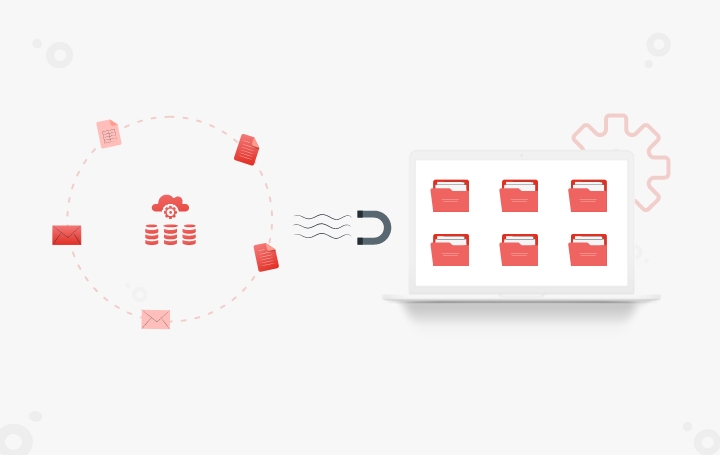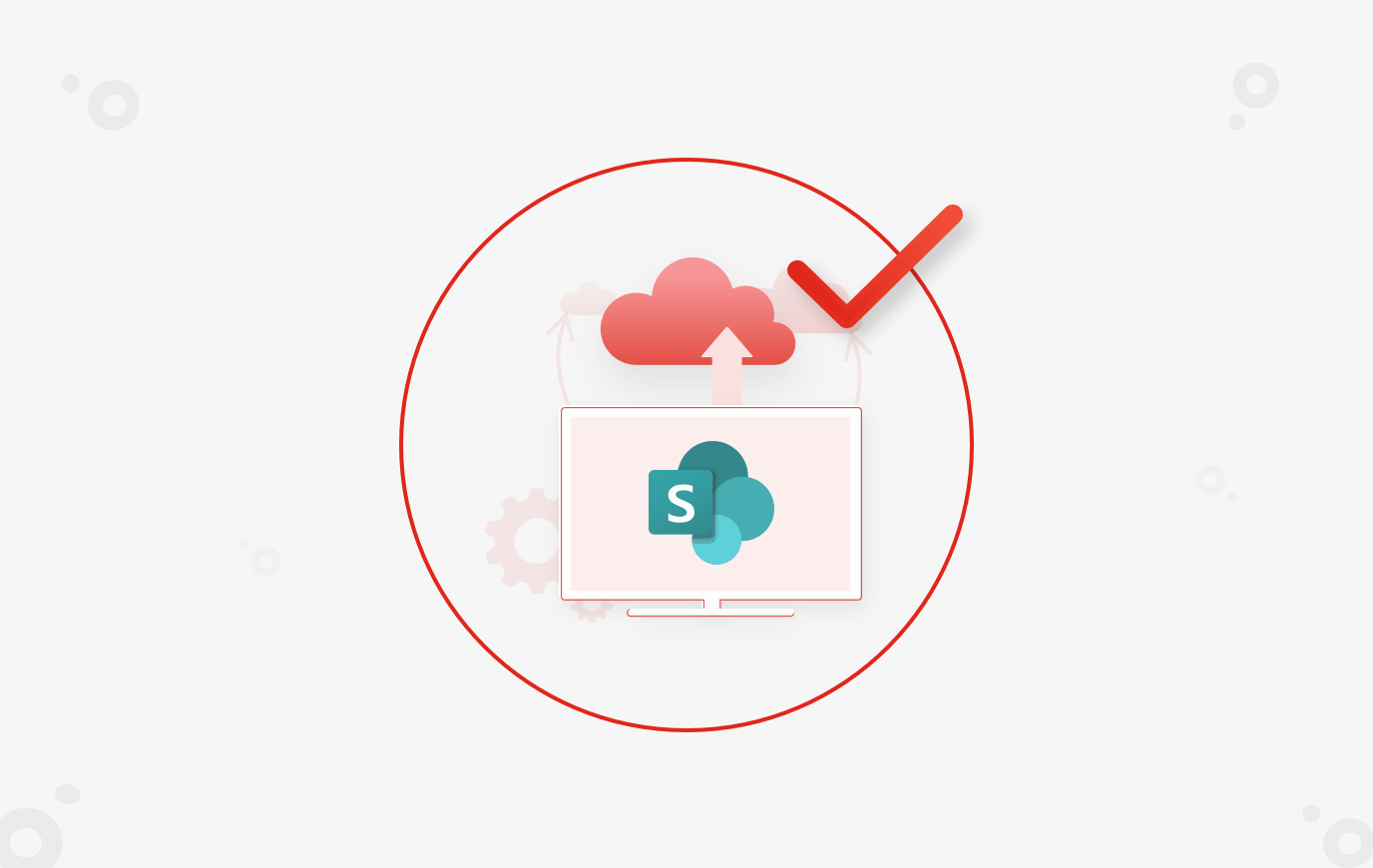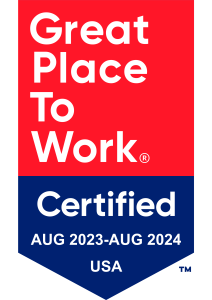In Part I of this series, we covered some of the reasons why organizations make the decision to migrate to SharePoint on the cloud or the latest on-premise version. In this part, we will cover SharePoint migration from an organizational perspective with a focus on what needs to be done to build internal support for moving to a newer version.
What to Explore
Internal Buy-in and Readiness
Empower your executive sponsor to be a consistently visible part of your change program. This helps in sustained use of the new tool and overall transformation. Bitwise recommends setting up various channels so that executive sponsor constantly communicates broadly about the plan. We usually setup Microsoft Teams live events to broadcast to employees and encourage executive sponsors to use the technology themselves. These channels can be used on top of traditional communications like emails, articles, etc.
Stakeholders
Stakeholders are people who have an interest in and influence over your project, regardless of title.
Identifying stakeholders can often be challenging. Traditionally, it involves reviewing the effect of migration on different lines of businesses and how it cascades through the organizational structure. Bitwise recommends implementing a bottom up approach by studying the effect of change at the individual level and how it moves up the chain. To accelerate this process, we use automated scripts that help in identifying the top contributors, site owners, etc. with the click of a button.
Every stakeholder wants to know “what’s in it for me?” when you start discussing changing the way they work. Too often we make the mistake to start talking about product features and organizational benefits instead of empathizing with their day to day struggle to collaborate, communicate and get work done. This can easily be changed by shifting the center of gravity of the change program to be the stakeholders experience. We usually meet directly with the stakeholders on a regular basis and learn additional information about their business. We listen to their pain points and perceptions so that we can craft communications that will be successful and manage their expectations of what the migration can deliver and how it will change or improve their day to day activities.
Champions
Champions are an invaluable resource to drive change and ensure you have meaningful feedback from your employees. Champions could include key stakeholders. Champions are an extension of your implementation team that provide peer-to-peer learning, feedback and enthusiasm to your change project. Bitwise recommends building a platform for champions to share updates and successes and provide material ready to support their work, as well as build and nurture champion communities so that they can provide departmental and 1:1 support of employees during this transition. This will enable champions to drive messages and communicate the value and benefit throughout the rollout.
Planning the Migration Project
Whether you’re moving from SharePoint 2010 or 2013 to the latest on-premise version or to the cloud, the following steps will help you get started.
Timelines, Budgets and Success Criteria
Instead of going with the big bang approach, Bitwise recommends breaking down the migration project into manageable and logical pieces that can be boxed into fixed timeframes. Using this approach companies see the success earlier. When developing the project plan, it is essential to build in success criteria for measuring whether or not the migration has been successful.
Traditional success criteria of executing a project within given times lines and budget aren’t really a good measure of success. Success criteria should always comprise measures that include the health of the services for a full picture. People may be happy with the intent, but if they cannot get to the desired experience they will ultimately have negative sentiment. Quality, reliability, performance and speed with which issues are resolved must be included in success criteria.
User Adoption and Support
A common mistake in user adoption programs is to tout the benefits of moving to the cloud from the perspective of the organization or its IT department. These are not motivating factors for most employees. Employees are paid to drive results in a particular discipline, and so we must share with them how changes like the implementation of Microsoft Teams or other collaboration and communication solutions will benefit them.
Other benefits like anytime/anywhere access can often sound to an employee like “I have to work anytime and anywhere.” Instead, show the benefit of answering an important chat while in-between customers or while picking up your children from school (though not while driving!). Bitwise recommends using road shows, seminars/webinars, virtual broadcasts, lunch and learn sessions, etc. to help with user adoption.
Providing a support structure is essential to assist employees to adjust to the change and to build technical skills to achieve desired business results. There are various support models that can be used, such as on-call support, in-person support and online support, to help employees through the transformation.
Recap
The success of your migration depends on how well you communicate to internal stakeholders and champions before, during and after the project. Having a communication plan and framework in place will enable effective channels to build buy-in throughout the migration. Identifying the right migration approach and success criteria, and providing the right user support, ensures appropriate expectations are met to achieve successful adoption across the organization. For a complete discussion on migration, readiness for migration and lifecycle of the migration, watch our on-demand SharePoint Migration webinar.
Editor's Note: The blog was originally posted on August 2020 and recently updated on January 2023 for accuracy.
Recommended Content
You Might Also Like


SharePoint
Migrating SharePoint to Cloud or Latest On-Premise Version (Part III – Migration Lifecycle)
Learn More
SharePoint






